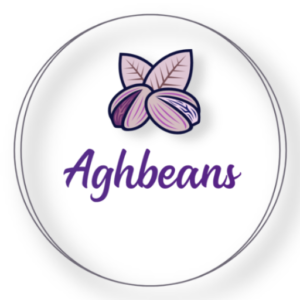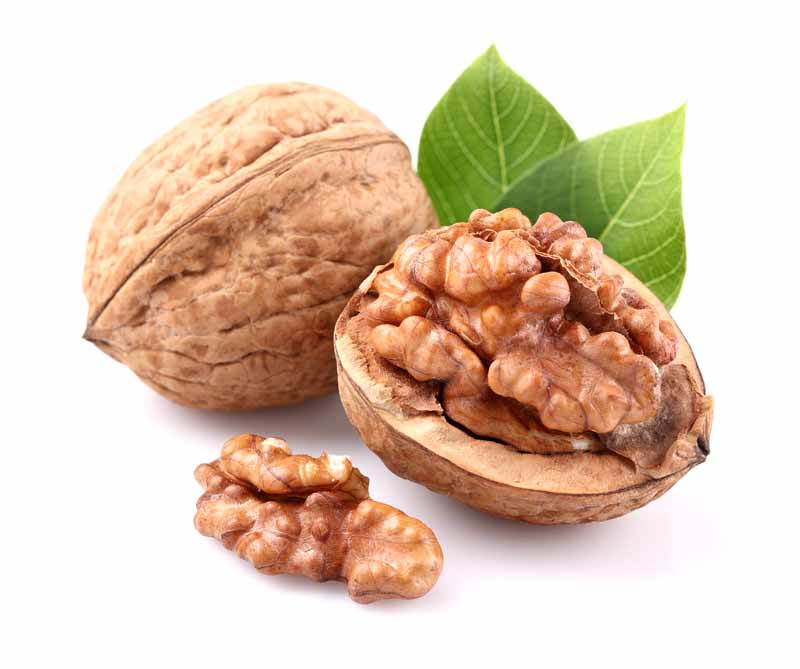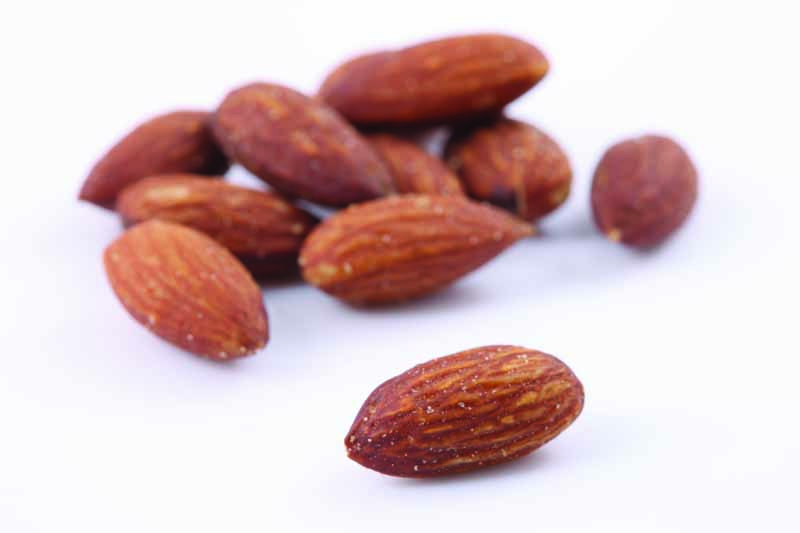Cashew
Cashew is the common name of a tropical evergreen tree Anacardium occidentale, in the family Anacardiaceae. It is native to South America and is the source of the cashew nut and the cashew apple, an accessory fruit. The tree can grow as tall as 14 metres (46 feet), but the dwarf cultivars, growing up to 6 m (20 ft), prove more profitable, with earlier maturity and greater yields. The cashew nut is edible and is eaten on its own as a snack, used in recipes, or processed into cashew cheese or cashew butter. The nut is often simply called a ‘cashew’.
November 18, 2019
Description
The cashew tree is large and evergreen, growing to 14 metres (46 feet) tall, with a short, often irregularly shaped trunk.[2] The leaves are spirally arranged, leathery textured, elliptic to obovate, 4–22 centimetres (1+1⁄2–8+3⁄4 inches) long and 2–15 cm (3⁄4–6 in) broad, with smooth margins. The flowers are produced in a panicle or corymb up to 26 cm (10 in) long; each flower is small, pale green at first, then turning reddish, with five slender, acute petals 7–15 millimetres (1⁄4–5⁄8 in) long. The largest cashew tree in the world covers an area around 7,500 m2 (81,000 sq ft) and is located in Natal, Brazil.[citation needed]
The fruit of the cashew tree is an accessory fruit (sometimes called a pseudocarp or false fruit).[3][4] What appears to be the fruit is an oval or pear-shaped structure, a hypocarpium, that develops from the pedicel and the receptacle of the cashew flower.[5][6][2] Called the cashew apple, better known in Central America as marañón, it ripens into a yellow or red structure about 5–11 cm (2–4+1⁄4 in) long.[3][6]
Etymology
The English name derives from the Portuguese name for the fruit of the cashew tree: caju (Portuguese pronunciation: [kaˈʒu]), also known as acaju, which itself is from the Tupi word acajú, literally meaning “nut that produces itself”.[3][4]
The generic name Anacardium is composed of the Greek prefix ana- (ἀνά-, aná, ‘up, upward’), the Greek cardia (καρδία, kardía, ‘heart’), and the Neo-Latin suffix -ium. It possibly refers to the heart shape of the fruit,[8] to “the top of the fruit stem”[9] or to the seed.[10] The word anacardium was earlier used to refer to Semecarpus anacardium (the marking nut tree) before Carl Linnaeus transferred it to the cashew; both plants are in the same family.[11] The epithet occidentale derives from the Western (or Occidental) world.[12]



Leave A Comment